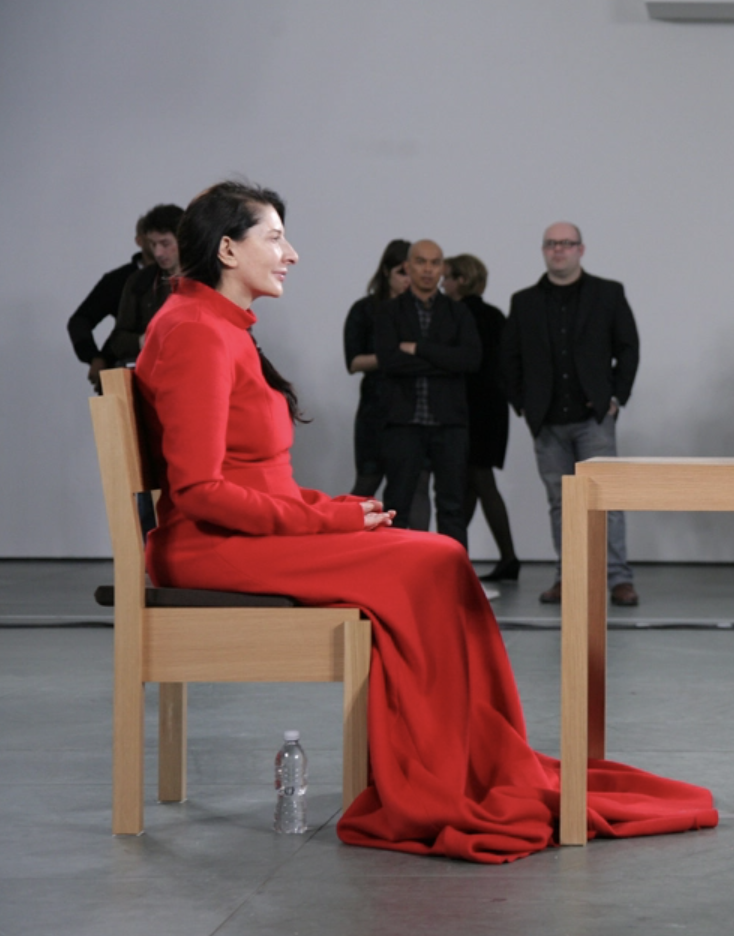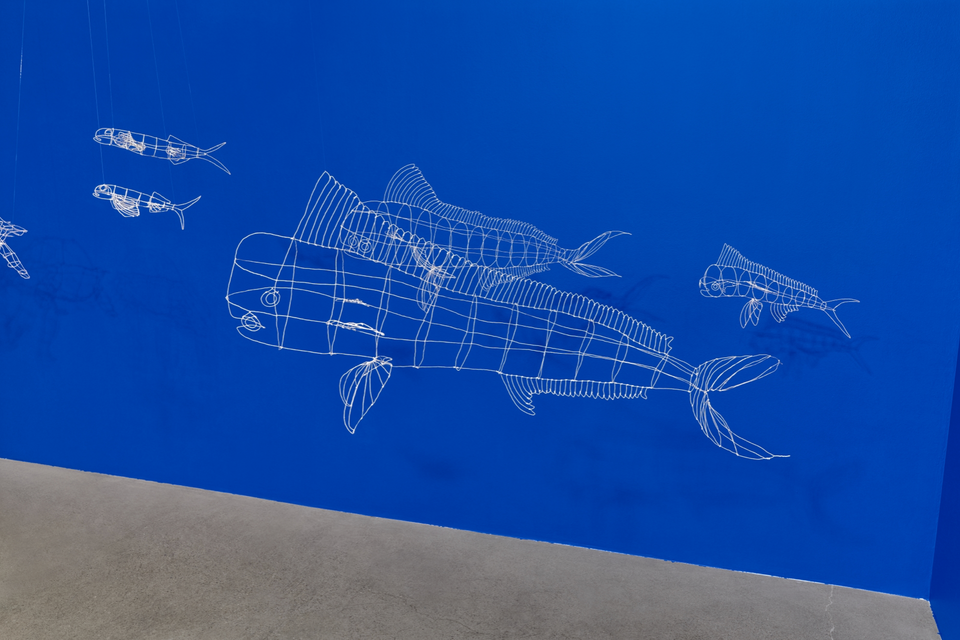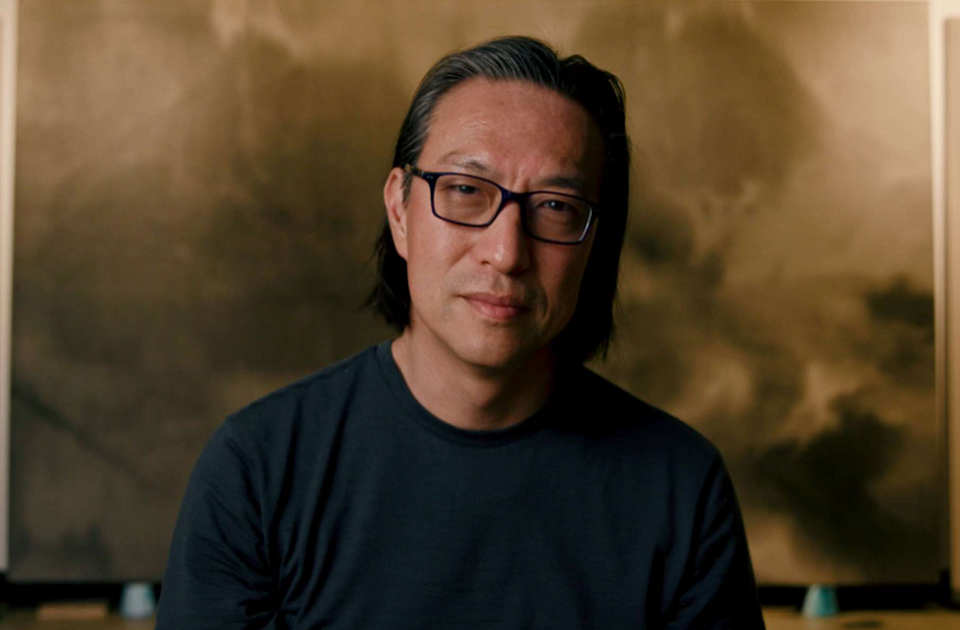One of the creative venues in which I dwell is photography. Dare I call myself a photographer? I did until I read a post on Rodney Smith’s blog in which he wonders, “If I am a photographer in the first place (which is extremely questionable with great aspirations, and I know one when I see it, but whether I have achieved the Holy Grail of being a photographer is a whole other matter) . . . ” If Rodney Smith, who has created some of the most compelling photographic images of the past few decades, thinks it questionable to call himself a photographer, then hubris would abound if I were to make such a claim. So I spend quite a bit of time behind the lens learning how to see. I see an enormous number of images, and often explore the work or websites of various creatives to see what inspires or draws them in. The problem is I accumulate more images than I have time to consider, but the nuggets are there in the numerous URLs and RSS feeds I follow.
I was cleaning up my RSS inbox recently and noticed one site in particular had over a thousand unread posts. That caught my attention, as I was pretty sure it wasn’t nearly that high a week before. I started to scroll through the posts and soon realized they were all photographs rather than the usual text or story from this author. On some days the author posted upwards of sixty photos. Given a few weeks at this volume, it’s no wonder there were over a thousand posts waiting for me. While deleting them I looked at each image, even if only for a moment. And something happened. Certain images caught me, stirring an emotion or captivating me. It was akin to casually walking through a museum and suddenly being stunned by a piece of art in such a way that you forget you were walking at all.

We live digitally but often can make claims that the digital realm is the bane of true artistic existence. The flood of information and images and videos on a given day can make any head spin. There is something to be said for standing in the presence of the original, something that can be seen live that isn’t seen otherwise. It is, after all, the same reason most of us value human contact in real space instead of phone calls, text messages, and all the other disconnected connections available. Certainly, another human is an art to behold, live in space and time.
That said, images still have power even on a LED screen. Not all those images in that folder were deleted. I kept some to come back to and explore why I had a response and to let that response play itself out and see where it might lead. Many took me to memories or longings; others gave context to emotions I could not put in words until then.
One of the first was a cropped version of The Invasion by Adolphe William Bouguereau. Only the lower quarter of the image is visible, the grasping cherub on blue, the white wings, almost like a pleading, a divine attempt at detour, one I have experienced numerous times in my life. A cut of a painting that tells a different story when seen in full, wherein it doesn’t seem to be a detour at all but, as the title says, an invasion, like a swarm coming on.
Then there was an image titled Tree House. It gave me a sense as if I just arrived on the scene of a long coming collapse and destruction; the sense of immediacy yet well past time from some other era. It reminds me of the years I spent as a mountaineer guide and would discover strange scenes like this in far remote wildernesses.

Eliot Porter’s 1970 photo titled Poppy Field first evokes the place where Dorothy and her Oz friends fell listless and sidetracked on their way to the Emerald City. The poppies stand out in such contrast to the rest of the landscape that they almost look painted onto the print afterwards. It also stirs a verse of John McCrae: “In Flanders Fields the poppies blow / Between the crosses row on row / That mark our place . . . ” The words were written nearly 100 years ago by a Lieutenant Colonel after watching a friend die on the battlefields of the First World War. Poppies, a brilliant marker of the dead among Flanders then, are still worn on this Veteran’s Day, this Remembrance Day so to not break faith with the dead. As McCrae’s poem ends: “If ye break faith with us who die / We shall not sleep, though poppies grow / In Flanders fields.”
This leads me to one of my own images taken a few years back on medium format film. It’s titled Faded Glory, as it was taken at sunset on the edge of winter at the Crested Butte Cemetery. An old soldier’s grave in a land too cold for poppies (and maybe even Remembrance), the cross and the flag — symbols both, and both losing much of their intended original meaning as iconic images that have saturated our psyches and so lost their power to speak without words unless captured in a manner unfamiliar.
Pictures still speak though most are lost amongst the noise of so much visual overdose. Like the chatter of a cocktail party, the amount of imagery I encounter in a given day becomes a droning wash, indistinguishable. Still, regardless of medium, when a work of art is excellently crafted by paint or by lens, it will still stop my breath in its subtlety or its screaming beauty. After all, something extraordinary doesn’t beg for attention. It doesn’t need to.

As I clean up the “noise” collected over weeks on my RSS reader, those images of beauty, slipped in between the thousands, still grab the attention, the emotion, and memory of my busy and noise-filled world. And maybe they will woo me to the local museum to see more of their kind in the quiet stillness of their presence with only the click-clacking of the security guard’s shoes to break the moment. They, and others like them, check my vision such that the next time I look through a lens, more of my heart sees out into the world around me. Maybe that is what Rodney Smith senses, after all these years and all he has accomplished, that he is still learning what he sees, and can’t bear to claim the name Photographer.



